Blog

In prometheus you have the possibility to download your image collection as a Zip archive or as a PowerPoint presentation. Next to the title of the image collection you see three icons on the right:
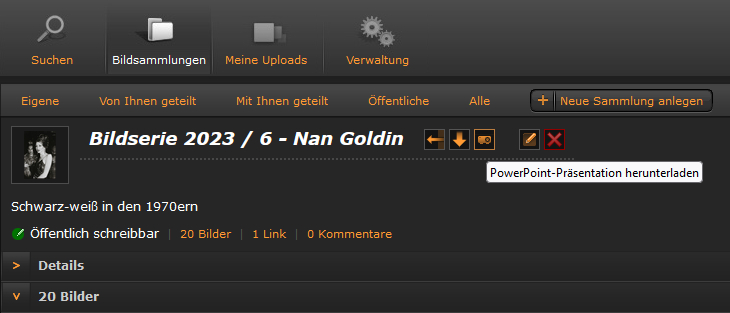
With a click on the second icon you start the download of the zip file with the folders, in each of which you have the image as a jpg file and all the associated metadata in a text file. With a click on the third icon you can export the whole image collection as a PowerPoint file. For each image including the metadata “Title”, “Artist”, “Dating” and “Location” a slide is created, which you can then edit further.
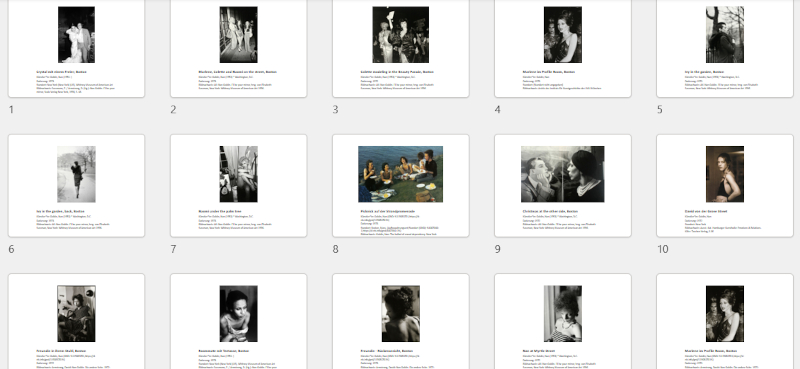
As part of the international Corpus Vitrearum the Corpus Vitrearum Medii Aevi Germany (CVMA) in Freiburg and Potsdam indexes medieval stained glass up to 1550. The results are published in the form of inventory volumes in topographical order according to processing regions in accordance with the uniformly defined guidelines of the International Corpus Vitrearum. In a digital image archive the overall and detailed images of the stained glass works processed in the corpus volumes are available. This open-access image database and its 7,960 images and records are now *integrated*in prometheus.

Once again, we begin this year with a look at the 2022 annual list of the artists you search for most often.
Status: 24.02.2023
Unfortunately, a “copy-and-paste error” crept in during the first publication, which initially made us wonder about the results, but then led us to take another closer look at the search queries. We discovered that the first 50 search queries were unfortunately lost during the copying process. We apologise and here are your correct Top 20 in 2022:
1. Max Ernst
2. Vincent van Gogh
3. Henri Matisse
4. Caravaggio
5. Claude Monet
6. Caspar David Friedrich
7. Hannah Höch
8. Otto Dix
9. René Magritte
10. Frida Kahlo
11. Cindy Sherman
12. Pablo Picasso
13 Gabriele Münter
14. Paul Klee
15. Jackson Pollock
16. Rebecca Horn
17. Gerhard Richter
18. Louise Bourgeois
19. Hilma af Klint
20. Gustav Klimt
Status: 17.01.2023
Paula Modersohn-Becker made it to the top in 2022, replacing Caspar David Friedrich, who did not make it into the top 20 in your searches. At 1, Paula Modersohn-Becker is thus of course also the most searched artist.
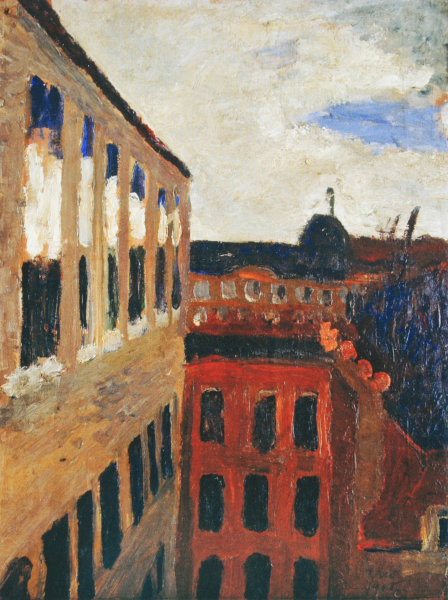
Paula Modersohn-Becker. View from the artist’s studio window in Paris, 1900, oil tempera, cardboard, 48.7 × 37 cm, Bremen; ArteMIS, Ludwig-Maximilians-Universität Munich, Kunsthistorisches Institut.
Here are your top 20 in 2022:
1. Paula Modersohn-Becker
2. Salvador Dali
3. Gustave Courbet
4. Albrecht Dürer
5. Claes Oldenburg
6. Marcel Duchamp
7. Man Ray
8. August Sander
9. Max Beckmann
10. Wolfgang Tillmanns
11. Jan van Eyck
12. Edvard Munch
13. Roy Lichtenstein
14. Franz Marc
15. Hieronymus Bosch
16. Berthe Morisot
17. Nan Goldin
18. Paul Gauguin
19. George Grosz
20. Giovanni Bellini
For Monopol, Google has been compiling a list of the most searched artists in Germany since 2013. In 2022, these ten living artists aroused the most interest on the platform:
1. Banksy
2. Gerhard Richter
3. Yoko Ono
4. Kaws
5. Marina Abramovic
6. David Hockney
7. Jeff Koons
8. Cindy Sherman
9. Damien Hirst
10. Wolfgang Tillmanns
So there we have a match. Your top 10 is also the top 10 in this list: Wolfgang Tillmanns.
Today, we want to take a brief look back at the year 2022 in the prometheus image archive. It was a year we started off with the integration of a first version of the image similarity search.
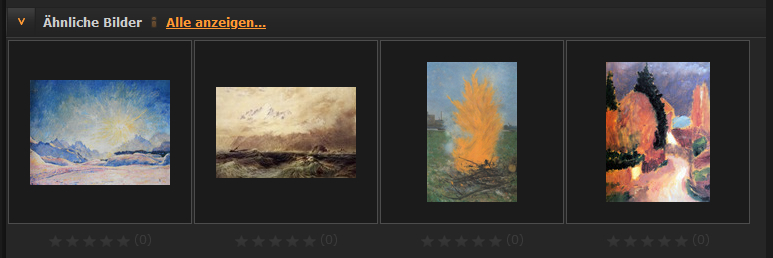
New filters for your search results in the advanced search followed.
With the Advanced search with dating filter it is possible to sort data sets by specific time periods and with „Filter by objects“ you get objects only displayed.
New image databases could also be integrated, like the HeidICON image pool „HeidICON – Kurpfälzisches Museum“, the inventory „Bestand Kölner Museen“ of the Rheinisches Bildarchiv Köln and the museum database „Sammlungen Online Albertina“.
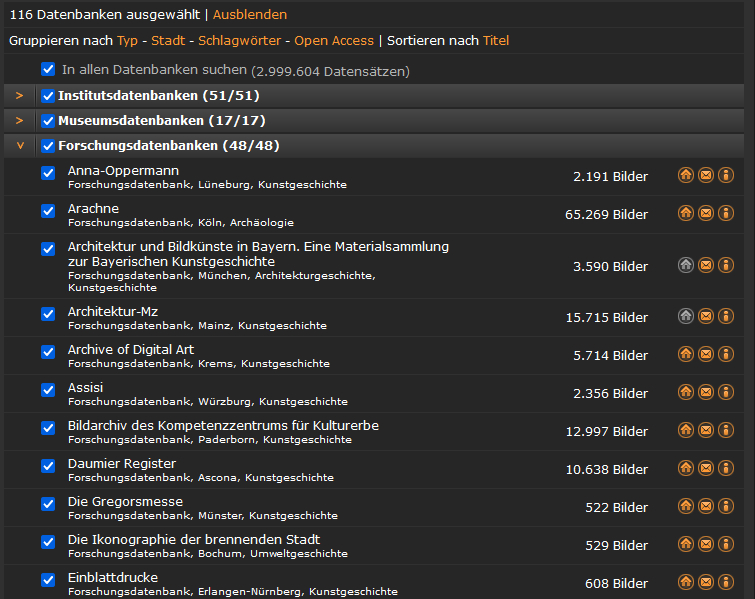
In coordination with the DigiROM-Project, we have decided to hide the display of Discriminating terms in the image archive at first level in the form of clickable asterisks and to display a notice.
With the Translations of technical terms the indexed English dictionary has been added and we are happy to record and add further references to missing terms to make your search easier.
In the detailed view of the images in the archive, you now also get a visual idea of the dimensions of the works
and you can add the corresponding Wikidata ID to the artist fields, to then search immediately for it in prometheus.
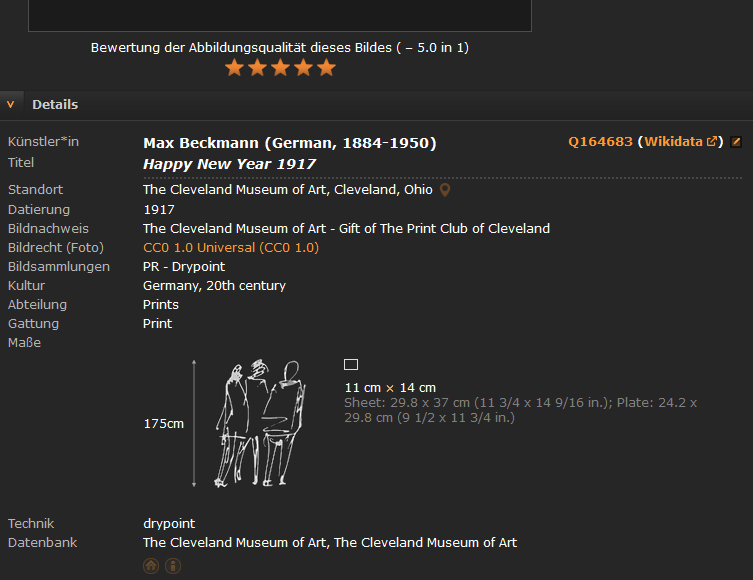
Outside of prometheus, on our YouTube channel, we have listed music videos in a playlist called Music videos about art.
In the year to come, we will continue to add new functions and will be able to integrate additional image databases. There is already a lot waiting. :-)
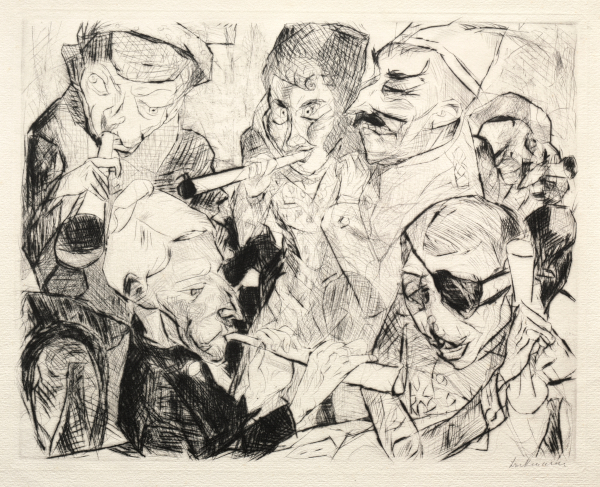
Max Beckmann. Happy New Year 1917, 1917, 29, 8 × 37 cm, Cleveland; The Cleveland Museum of Art.
Wikidata is an open, free, shared, multilingual and secondary database for collecting structured data. It can be created and maintained collaboratively by users. In March this year, we integrated Wikidata search links into prometheus. On the one hand, a direct link from the image archive goes to the corresponding norm data in Wikidata, if this information was included in description fields of the mentioned image databases. On the other hand, the first link can directly trigger a search process in prometheus for the Wikidata ID. Now a new function is integrated. The artist fields can be enriched by you with the corresponding Wikidata-ID.
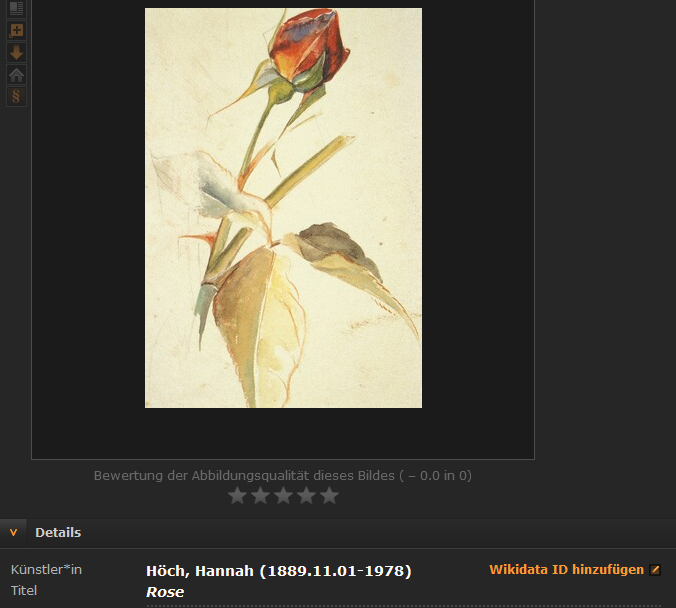
Clicking on the pen, a window appears with an instruction and a field to be labeled.
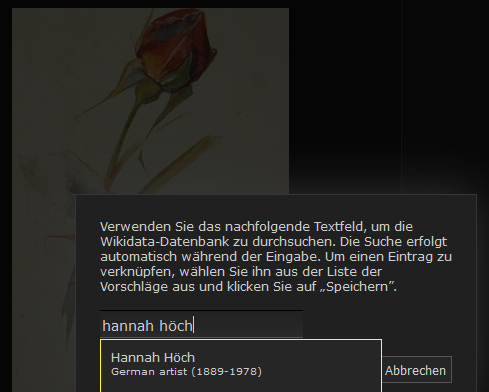
Saved Wikidata IDs are also displayed in the following search result lists.
Without login, after accepting the terms of use, you can also add this data to one of the open access image databases included in prometheus, for example to that of the “Paris Musées”, at the image “Fleurs” by Félix Ziem.
This year, behind the windows and flowers of the advent calendar, #promvent22 you can find on the social media platforms Facebook, Instagram, Mastodon and Twitter daily Images from the image archive and various flower information, not only from the picture archive.
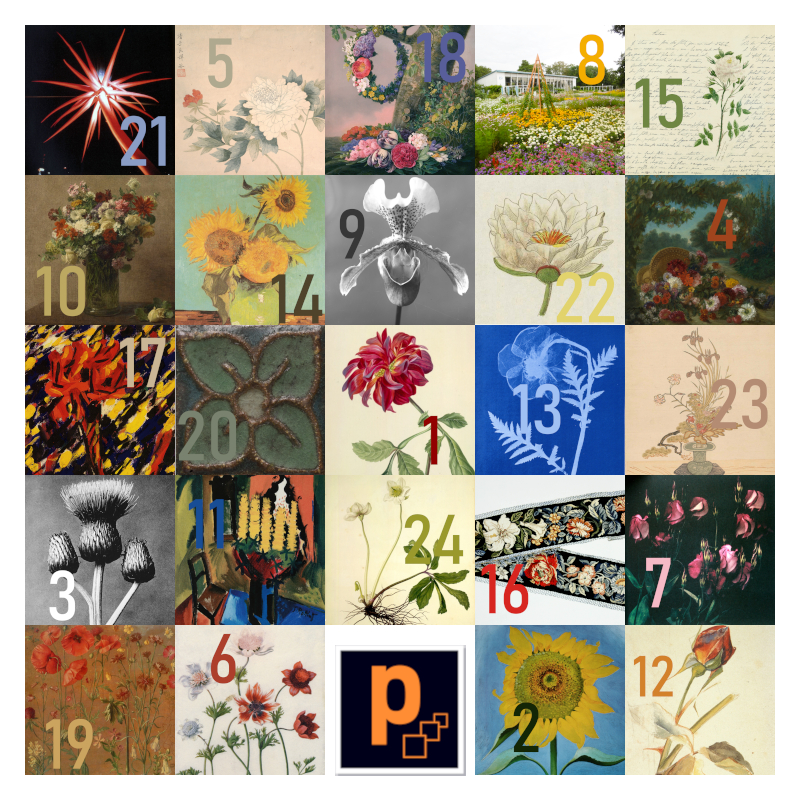
Dörte Böhner has once again compiled a list of other „more (or less) library advent calendars“ this year.
We hope everyone can find something to enjoy.
The 116 image databases that are currently integrated in prometheus are based on different data preparations. They are mechanically networked with each other in the distributed digital image archive and brought together via one interface for the search. Exchange formats facilitate harvesting the systematic collection and processing of metadata. Around a fifth of the image databases use the currently internationally established standard LIDO for the publication of their data.
This XML-based metadata schema – LIDO: Lightweight Information Describing Objects – was developed by the CIDOC working group, the International Committee for Documentation, in order to standardize data sharing and harvesting across all borders with a uniform output format.
Others use the predecessor format „musemsdat“ by the specialist group documentation in the German Museum Association and still others use HiDA (hierarchical document administrator) MIDAS (Marburg inventory, documentation and administration system).
To get to know the internationally established exchange format LIDO, NFDI4Culture invites you to an online training next week.
On November 22nd and 23rd, after an introduction, the various information areas, information groups, elements and attributes will be presented and explained and discussed in more detail using examples. The Metadaten eLecture by digiS, the research and competence center for digitization Berlin, offers a lesson on "Exchange format LIDO 1.1 “, and arthistoricum.net on the portal „LIDO for cultural objects“ offers suggestions on manuals and XML sample data sets.

“Screenshot from LIDO (Lightweight Information Describing Objects) XML-Snippet”, © CC0, Creator: Barbara Fichtl, Owner: Barbara Fichtl
To enable secure sessions for you with browsers, organizations must install SSL certificates on their web servers. This SSL certificate is a small data file that digitally binds a cryptographic key to the details of that organization: Domain, server or host name and organization name with location are encrypted in such a way that unauthorized people cannot read them. Once a connection is established, the security lock and https protocol is activated and thus all web traffic between the web server and the web browser is secure. To secure the data transfer via our website, we use certificates from Let’s Encrypt and the DFN-Verein, the German Research Network, which are regularly renewed via the Computer Center of the University of Cologne and applied for by us. We have just completed this, the certificates on the servers have been exchanged and your data remains protected during transmission.
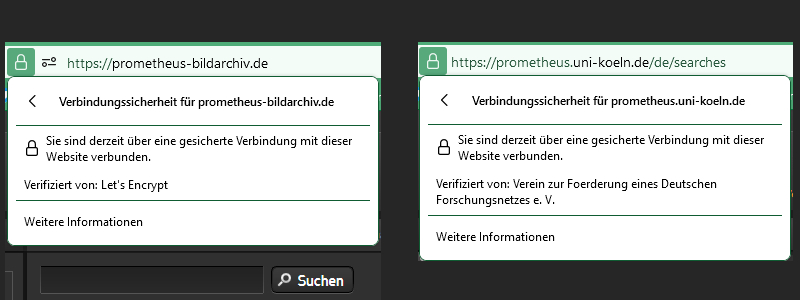
In order to get an idea of how big or how small the displayed works and objects are directly at the image in prometheus, we have now – as announced in April – integrated a display of the dimensions. For all images where the height and width are specified in the “Dimensions” field in the metadata, the additional visualization is visible in the detailed view of the image.
Picasso, Pablo. Rechteckige Schale, Stierkampfszene „Banderilleros“ [Gesamtansicht]
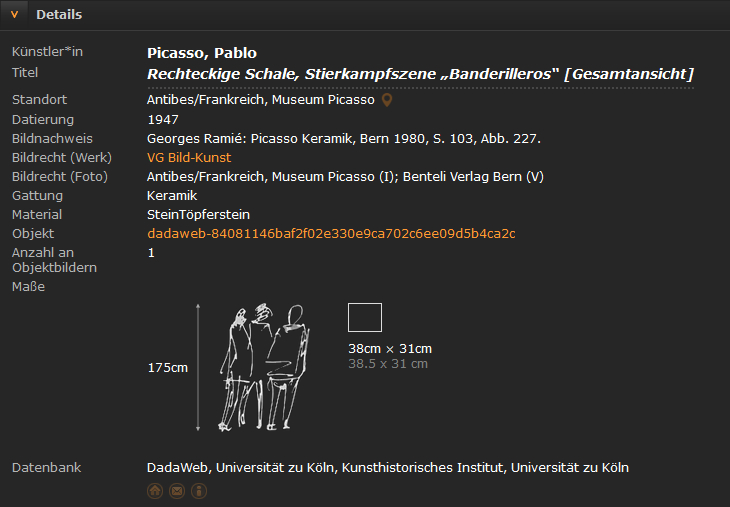
We are excited. How do you like it?
If you have a personal account at prometheus, you can create image collections, rate images, comment on them, determine favorites, upload your own images to your own image database and add to and update your profile.
And you define in your profile how you want to work in the image archive. Under “Settings” you can choose your preferred language and start page under “Access”, for example. Under “Search” you can define the display of search results, such as the number of images per results page or the sorting of the hit list, from relevance to title to number of ratings. Under “Image Collections” you can set, among other things, which view you prefer: gallery or list view, and under “Uploads”, for example, the sorting direction: descending or ascending.
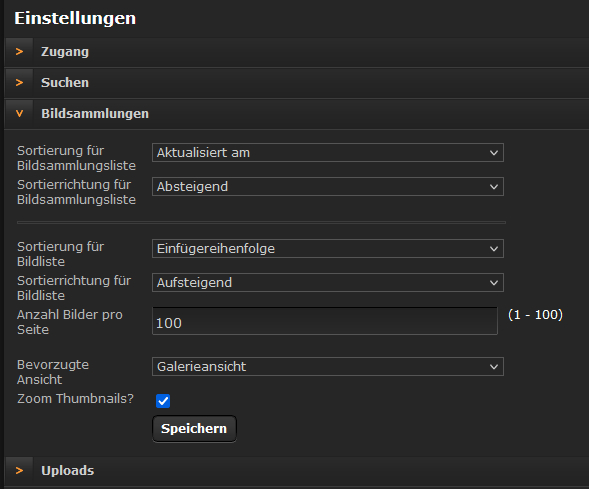
A detailed explanation of the personal settings can be found on our help pages.
In the next weeks we want to add these personal settings options in the “Search” section. You will then also be able to select your preferred image databases there, for example. If you have further wishes, what you would like to set basically, write it to us with pleasure.








